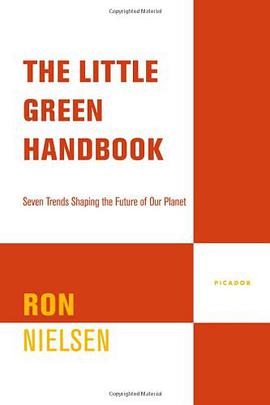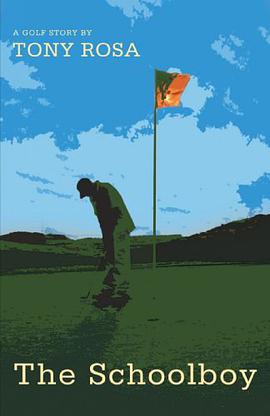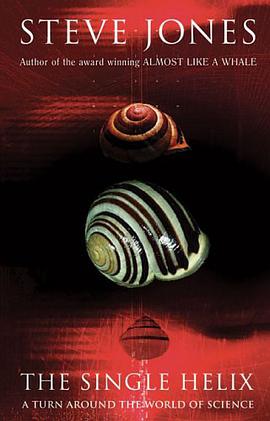

Did people in the Iron Age see their bronze figurines and sculpted stones differently from the way we see them today? How can we approach the problem of determining how they saw things? How different was their experience viewing these objects in the course of their use, from ours as we look at them in museum cases or through photographs in books? Recent research in cognitive neuroscience and cognitive psychology forms the theoretical basis for a new approach to understanding the visual basis of communication in early Europe. The focus is on societies from the Early Iron Age to the early medieval period in temperate Europe, at the time that traditions of writing were gradually being adopted in this part of the world.Following review of the most relevant results of new experiments and observations in those sciences, Peter S. Wells examines the visual aspects of the archaeological evidence to investigate the role that visuality - the visual quality of things - played in the expression of the self, in interaction between members of social groups, in ritual activity, and in the creation and experience of cultural landscapes.
具体描述
读后感
评分
评分
评分
评分
用户评价
相关图书
本站所有内容均为互联网搜索引擎提供的公开搜索信息,本站不存储任何数据与内容,任何内容与数据均与本站无关,如有需要请联系相关搜索引擎包括但不限于百度,google,bing,sogou 等
© 2025 book.wenda123.org All Rights Reserved. 图书目录大全 版权所有




















